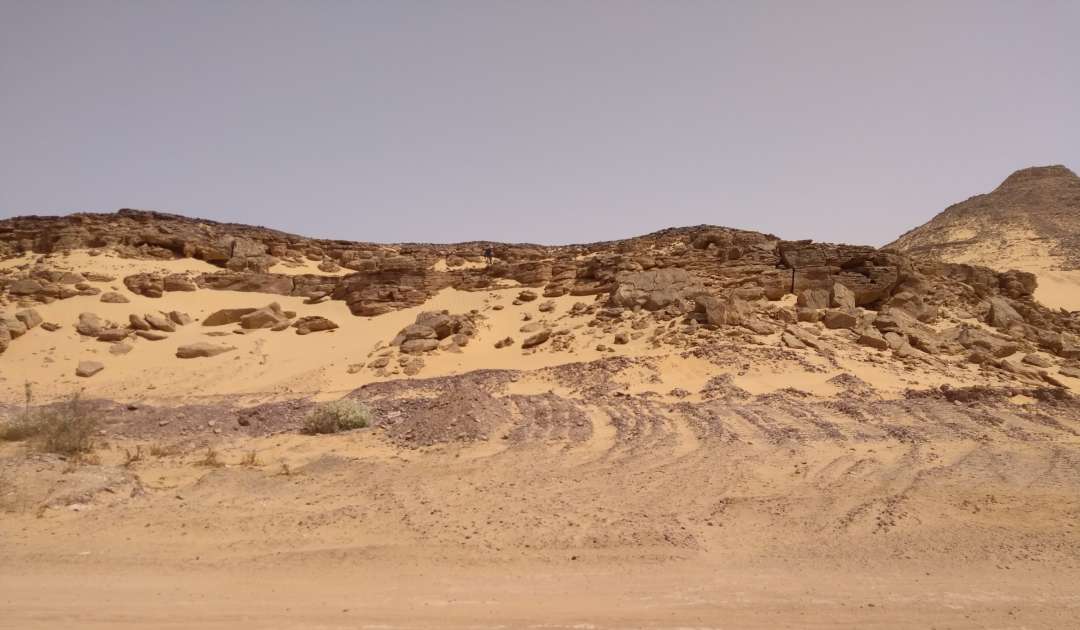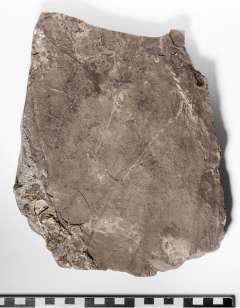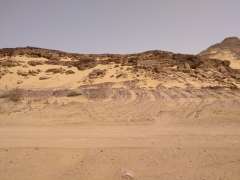80-Million-Year-Old Rainforest
Plant fossils from Egypt offer insight into the evolutionary history of tropical rainforests
An international team of researchers led by first author Dr. Clément Coiffard of the Free University Berlin and Senckenberg scientist Prof. Dr. Dieter Uhl has taken a closer look at the evolutionary history of tropical rainforests. In their study, published today in the journal “Biogeosciences,” the researchers conclude, based on fossil flora from Egypt, that extensive areas of tropical forest comparable to today’s rainforests existed in northeastern Africa as early as the late Cretaceous period, about 80 million years ago.
Green and humid year-round, inhabited by colorful birds, elegant predators, tangled vines, and giant trees: Today’s rainforests are among the most biodiverse and fascinating habitats on our planet. “At what time in Earth’s history these ‘hotspots of biodiversity’ evolved is disputed among scientists. On the one hand, studies based on modern plants suggest that tropical rainforests already existed 100 million years ago, but on the other hand, no corresponding fossil evidence older than about 70 million years has been identified to date,” explains the study’s first author Dr. Clément Coiffard from the Free University Berlin.
The Egyptian-German team aimed to resolve this inconsistency in science with their current study. For this purpose, the researchers examined fossil leaves collected in 1984 and 1987 in the Quseir Formation of southern Egypt, which are now preserved in the collections of the Natural History Museum in Berlin. “The sediments of the Quseir Formation are characterized by humid habitats with a tropical warm-humid climate. Previous work focusing on the collected material recorded 37 fossil plant species at this site – in contrast, our current study of the 21,361 fossil specimens led to the identification of 70 distinguishable plant types: 54 dicotyledons, 22 angiosperms, 11 monocotyledons, four ferns, and a single conifer,” explains Prof. Dr. Dieter Uhl of the Senckenberg Research Institute and Natural History Museum in Frankfurt, and he continues, “Thus, we encounter both a large diversity of flora here as well as a vegetation composition resembling that of modern rainforests – for example, fossil evidence of plants from the arum family, which today are found predominantly in the tropics.”
Even the isolated occurrence of fossil charcoal in the sediments – an indication of fires in the area – does not rule out the presence of tropical rainforests, the researchers concluded in their study. “Fires are also known to occur in present-day rainforests. In addition, during the Cretaceous period, global temperatures and, at least at times, the oxygen content of the atmosphere were significantly higher than today, which favors fires,” says co-author Dr. Haytham El-Atfy of the University of Tübingen and Mansoura University in Egypt.
Taken together, the examined plant fossils and the sediments surrounding them meet all of the characteristics that are also found in today’s tropical rainforests: a diverse, tropical flora, a tropical climate with an annual mean temperature of 26 to 33 degrees Celsius, no distinct seasons, and predominantly humid conditions. “We therefore assume that extensive tropical rainforests existed in northeastern Africa as early as the heyday of the dinosaurs, about 80 million years ago. Covering an area of at least 550,000 square kilometers, their size equaled roughly ten percent of the recent Amazon rainforest and 25 percent of the Congolese rainforest,” summarizes Dr. Clément Coiffard of the Free University Berlin.


